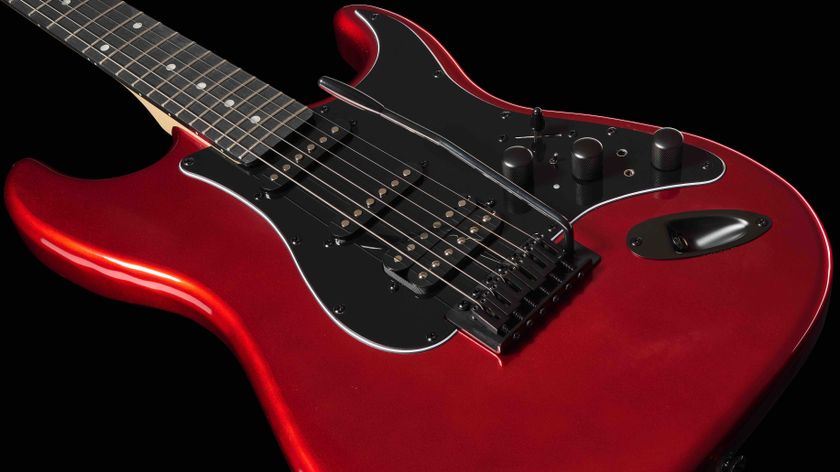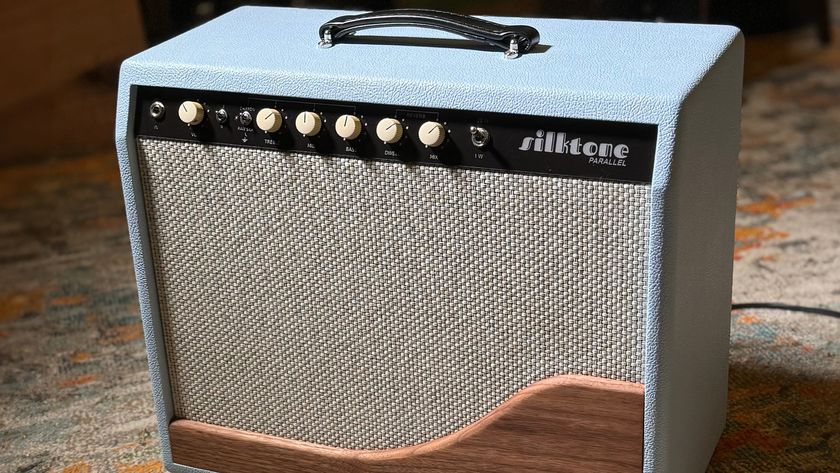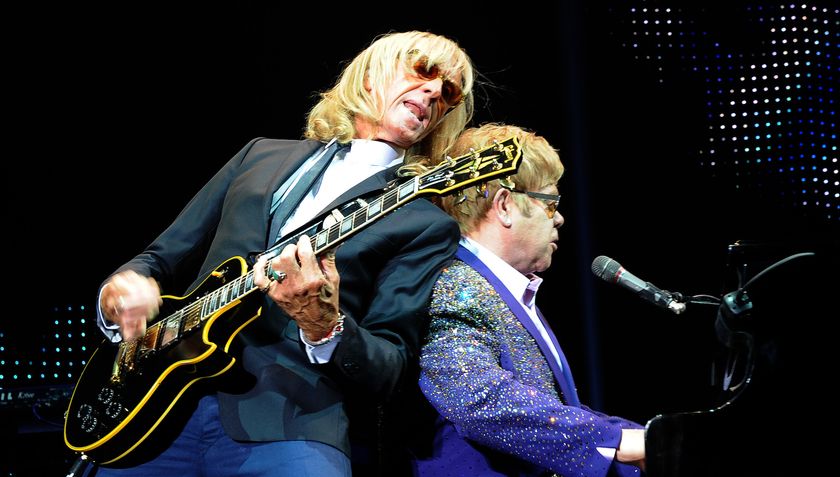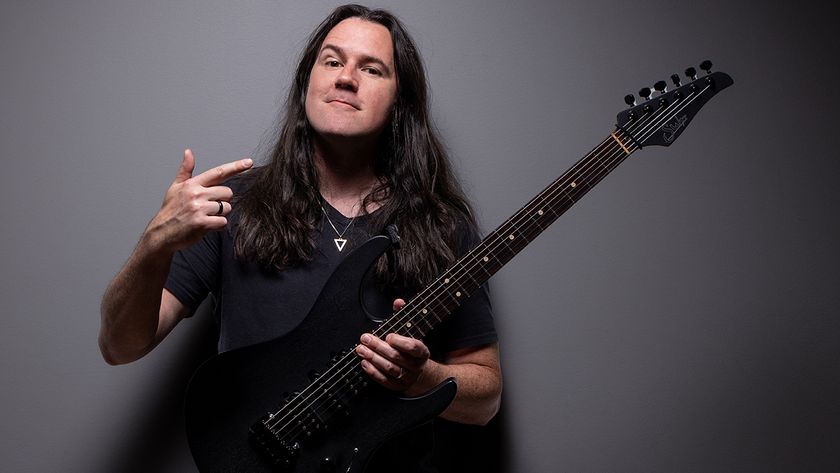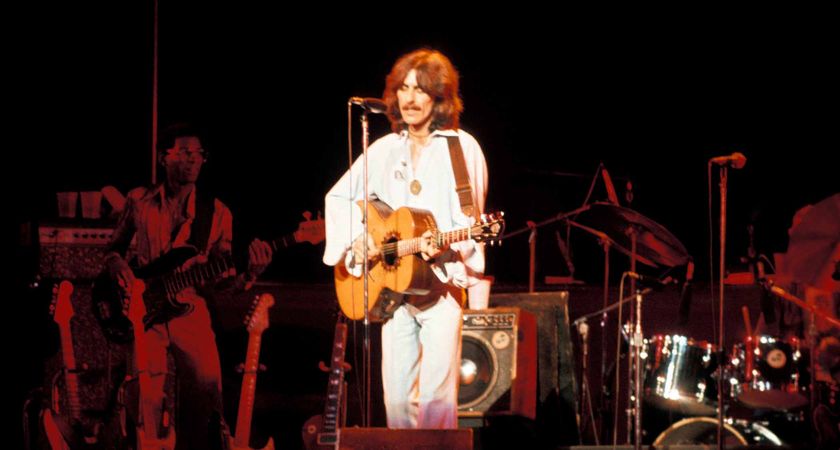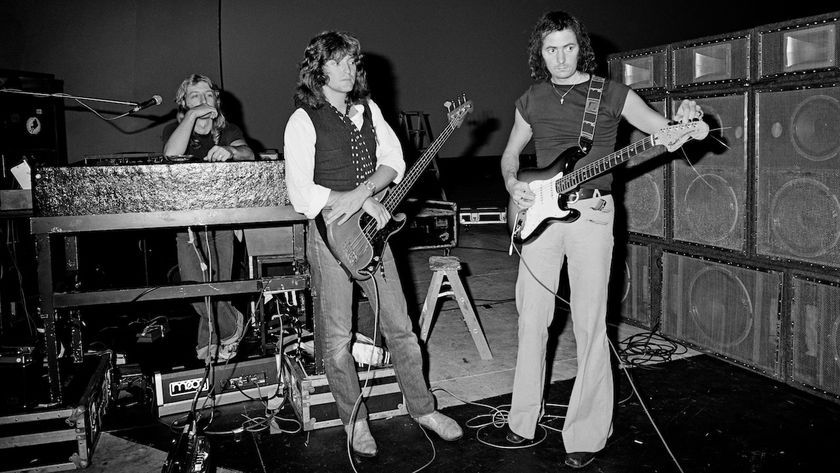“The main secret behind those classic grunge sounds is that they were loud. You need a high-volume amp…” Enumclaw are on a quest for alt-rock tone nirvana – using other people’s guitars and The Smashing Pumpkins’ fuzz pedal
Home In Another Life is another slice of gourmet tones and big noise therapy from one of the most exciting bands in the US alt-rock scene
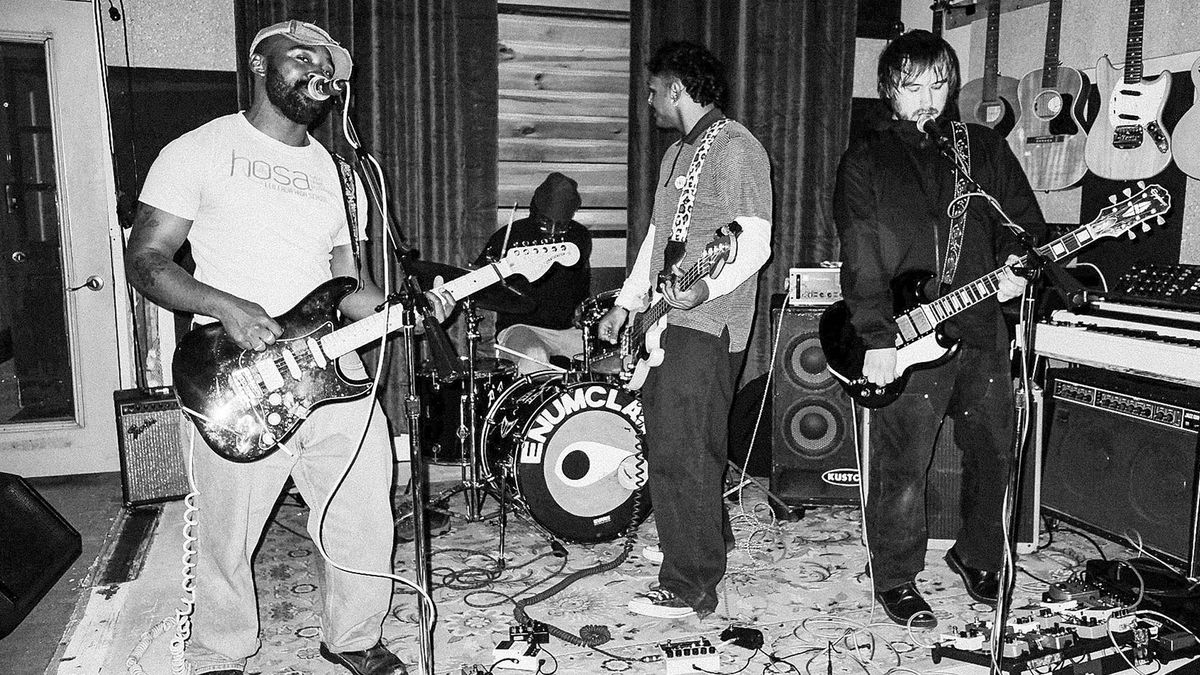
On second album Home In Another Life, American alt-rock quartet Enumclaw are dissecting life through a cornucopia of molten fuzz and squealing feedback, blending elements of dream pop and grunge into their own heady formula.
For singer/guitarist Aramis Johnson and co-guitarist Nathan Cornell, it’s a case of cranking their amps and letting the pedals guide them through the noise, through all kinds of washy modulations and ambient echoes into full-blown chaos.
“I guess the main secret behind those classic grunge sounds is that they were loud,” says Nathan. “You need a high-volume amp that has the room to let something like a Big Muff do its thing without disappearing. Dinosaur Jr. have a tone that felt like it was going off the rails. J Mascis is the king of fuzz! We love that era of music, from Stone Gossard’s rhythms in Pearl Jam to the groove in Kim Thayil’s parts for Soundgarden.”
For the latest recordings, the group’s fuzz pedal of choice was the Electro-Harmonix Op Amp Big Muff PI – a reissue of the legendary stompbox used by Billy Corgan and James Iha on The Smashing Pumpkins’ 1993 masterpiece Siamese Dream.
If you listen to the results, particularly tracks like I’m Scared I’ll End Up All Alone, Spots and Change, you will probably realise that this was no accident. “We’re heavily influenced by the Pumpkins – they’re pretty much Aramis’ favourite band,” continues Nathan.
“We also had a JHS 3 Series Distortion, which is kinda like a modded Rat, a Boss CE-2 for chorus and an Electro-Harmonix Nano Deluxe Memory Man, though our engineer used a real tape delay on a couple of things.
“I’ve actually stopped using Big Muffs live after swapping in a Boss Power Driver. A lot of people don’t seem to like them, but I love mine. It’s like a Big Muff with more midrange to help you cut through at louder volumes.”
Get The Pick Newsletter
All the latest guitar news, interviews, lessons, reviews, deals and more, direct to your inbox!
Interestingly, the group chose to stick with instruments that were lying around in the studio rather than any guitars belonging to them. Instead of his usual Epiphones, Nathan ended up using a Fano Starcaster-style semi-hollow (“a really cool-sounding guitar with nice Filter’Tron pickups and a vibrato arm on it”) as well as a Telecaster.
And despite the unfamiliarity of it all, both guitarists ended up feeling the latest tones are the best they’ve dialled in to date. “I love how Spots came out,” adds Nathan. “There’s a big difference between the verses and heavy choruses, and we messed with the tape echo to create all this crazy warbly Sonic Youth-type stuff.”
- Home In Another Life is out now via Run For Cover.
Amit has been writing for titles like Total Guitar, MusicRadar and Guitar World for over a decade and counts Richie Kotzen, Guthrie Govan and Jeff Beck among his primary influences as a guitar player. He's worked for magazines like Kerrang!, Metal Hammer, Classic Rock, Prog, Record Collector, Planet Rock, Rhythm and Bass Player, as well as newspapers like Metro and The Independent, interviewing everyone from Ozzy Osbourne and Lemmy to Slash and Jimmy Page, and once even traded solos with a member of Slayer on a track released internationally. As a session guitarist, he's played alongside members of Judas Priest and Uriah Heep in London ensemble Metalworks, as well as handled lead guitars for legends like Glen Matlock (Sex Pistols, The Faces) and Stu Hamm (Steve Vai, Joe Satriani, G3).

“Once Dave got his Roland Space Echo, it changed the vibe… that, and a lot of marijuana”: They inspired everyone from Oasis to the Smashing Pumpkins. Now English post-punk luminaries the Chameleons are back for more

“Slightly unreal moment to sit with Lindsey Buckingham and see his genuine happiness for Mick to finally do his own album”: Lindsey Buckingham and Mick Fleetwood reunite in the studio



